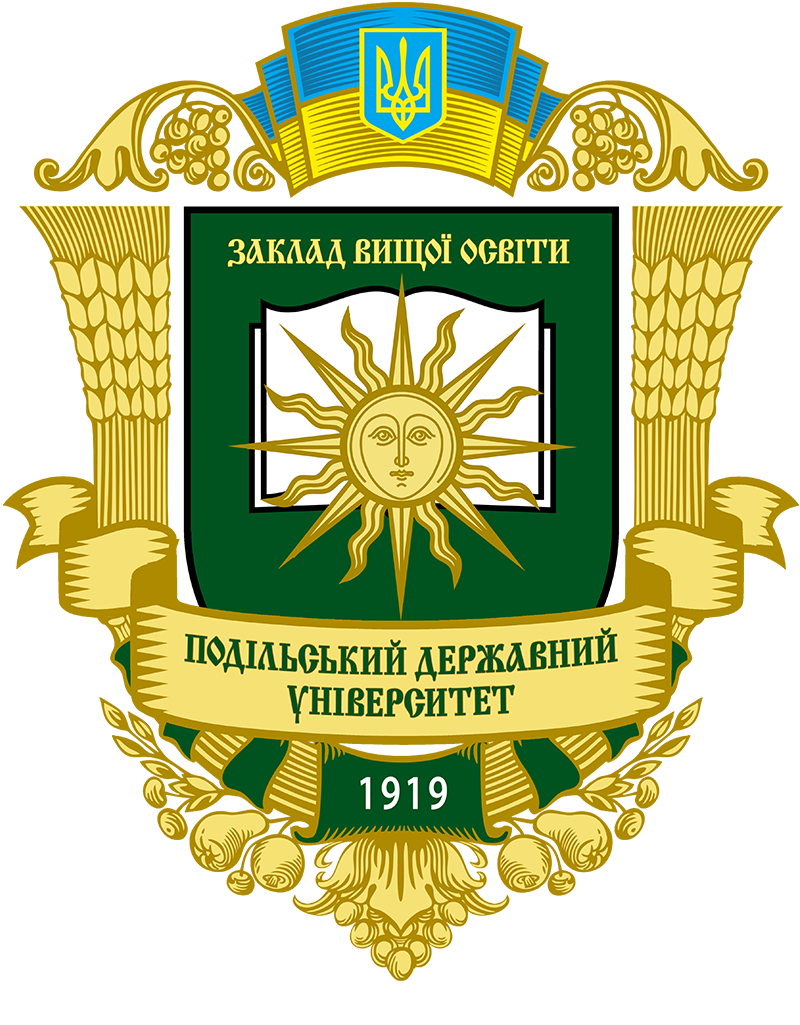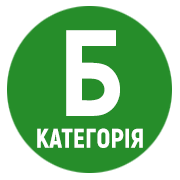ASSESSMENT OF THE REPRODUCTIVE ABILITY OF SOWS DEPENDING ON THE BREED OF THE BOAR
DOI:
https://doi.org/10.37406/2706-9052-2024-2.20Keywords:
pigs, mating, industrial technology, reproductive qualitiesAbstract
The article studied the reproductive qualities of crossbred sows (Yorkshire x Landras) when mated with purebred Durok and Pietren boars in the conditions of “VEDA PODILLYA” LLC. The mother stock of animals belongs to hybrids of Danish breeding (Yorkshire x Landras). The formation of control and experimental groups was carried out according to the method of groups of analogues. Reproductive qualities were evaluated according to the following criteria: multifertility, high fecundity, milk yield, number of piglets and average live weight of one head at the time of weaning, nest weight, preservation. The milk yield of sows was determined by weighing piglets at the age of 21 days. A comprehensive assessment of reproductive qualities was determined using the KPVYA index. sows covered with durka showed multiple fertility at the level of 12.7 live piglets at that time in sows covered with pietren only 10.6 with a significant difference (Р<0.999). The fertility of piglets in animals of the first group was also better with an indicator of 1.73 kg against 1.34 in the second group at P<0.999. In terms of milk yield, sows of the first group had an advantage, they exceeded the second group by 7.1 kg at Р<0.999. The number of piglets at weaning at the age of 28 days was dominated by sows of the first group with an indicator of 11.7 heads, the advantage was 1.89 heads at P<0.999. They also prevailed in terms of the weight of the nest at weaning with an indicator of 92.6 kg, which is 1.6 kg more than the animals of the second group at P<0.999. According to the survival rate, sows of the second group prevailed with a rate of 92.5%, which is 0.4% more than the animals of the first group. Sows of the first group had a coefficient of manifestation of reproductive qualities of 109.5, which is 2.2 more than that of sows of the second group. Sows covered with boars of the Durok breed showed an index of reproductive qualities higher than that of sows covered with boars of the Pietren breed. The advantage was 3.66 units.
References
Березовський Н.Д., Гиря В.Н. Оцінка комбінаційної здатності спеціалізованих типів крупної білої породи свиней. Цитологія і генетика. 1991. № 25 (6). С. 56–60.
Близнюченко О.Г. Біометрія : монографія. Полтава : Редакційно-видавничий відділ «Terra» Полтавської державної аграрної академії, 2003. 346 с.
Войтенко С.Л. Генотип свиней і його вплив на відгодівельні ознаки. Вісник Сумського національного аграрного університету. 2013. № 1 (22). С. 26–27.
Горобець В.О. Схрещування свиней як спосіб підвищення їх відгодівельних і м’ясних ознак. URL: https://www.pdau.edu.ua/sites/default/files/visnyk/2015/01/42.pdf.
Онищенко А.О. Промислове схрещування і гібридизація, їх ефективність у свинарстві. Свинарство. 2013. Вип. 62. С. 72–76.
Залежність відтворювальних якостей свиноматок від породи та методів розведення в умовах племінного репродуктора / М.Г. Повод, О.Г. Михалко, Т.В. Вербельчук та ін. Вісник Сумського національного аграрного університету. Серія «Тваринництво». 2023. Вип. 2 (53). С. 23–33.
Сусол Р.Л. Продуктивні якості свиней сучасних генотипів зарубіжної селекції за різних методів розведення в умовах Одеської області. Вісник Сумського національного аграрного університету. 2014. Вип. 2/2 (25). С. 92–98.
Генотип свиней і його вплив на відгодівельні і м’ясні якості / Л.А. Федоренкова, Р.І. Шейко, Н.М. Храмченко та інш. Збірник наукових праць Вінницького національного аграрного університету. Серія «Сучасні проблеми селекції, розведення та гігієни тварин». 2012. № 4 (62). С. 132–135.
Hallauer A.R., Carena M.J., Miranda Filho J.D. Quantitative Genetics in Maize Breeding, 6. Berlin : Springer Science & Business Media, 2010. URL: https://link.springer.com/book /10.1007/978-1-4419-0766-0.
Ottenburghs J. The genic view of hybridization in the Anthropocene. Evol Appl. 2021. № 14. Р. 2342–2360. URL: https://doi.org/10.1111/eva.13223.










